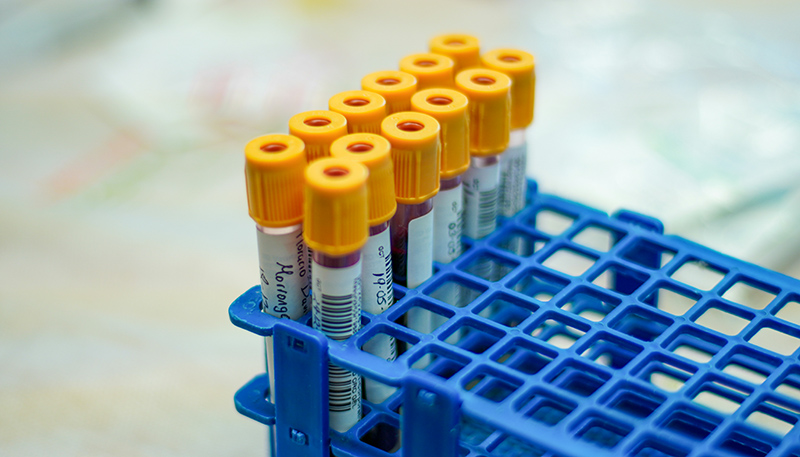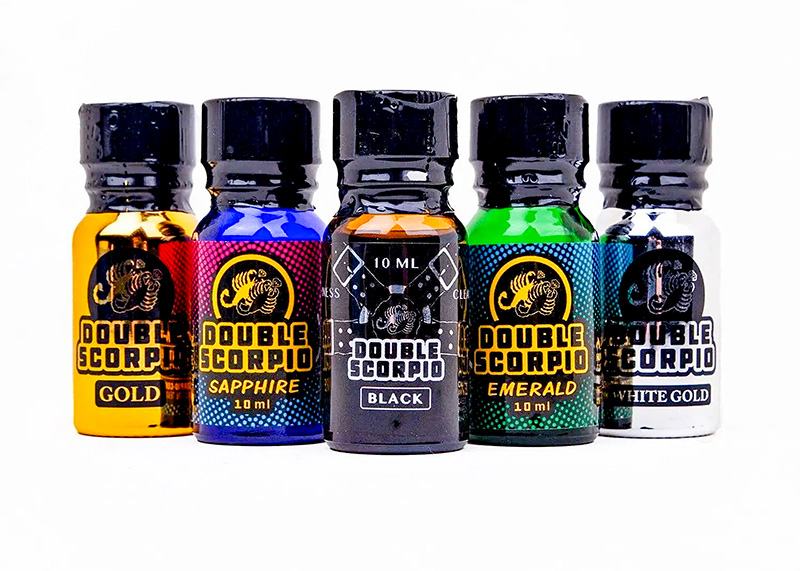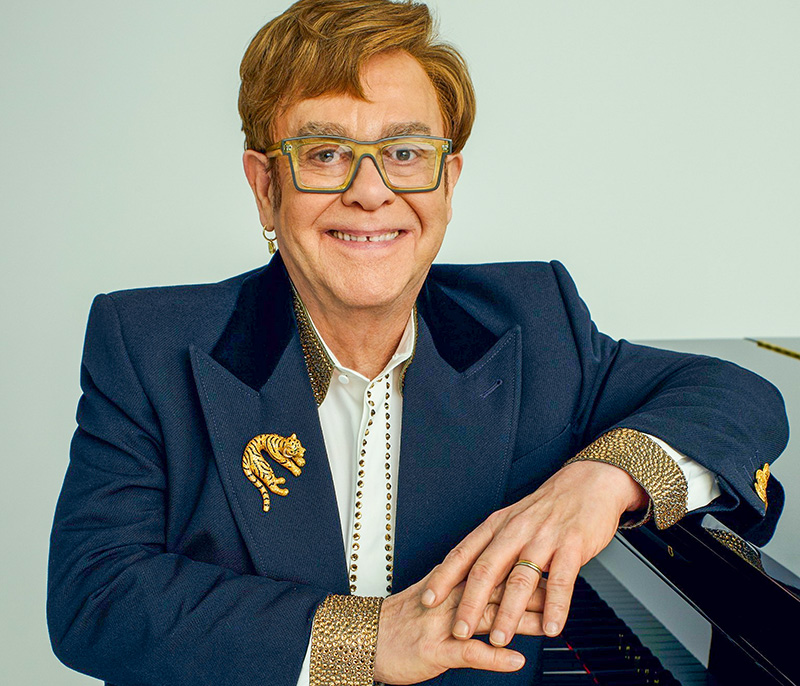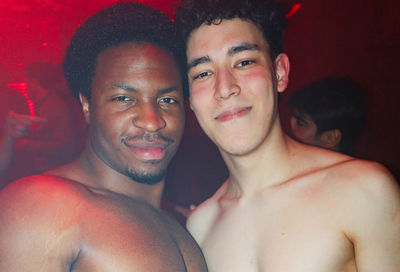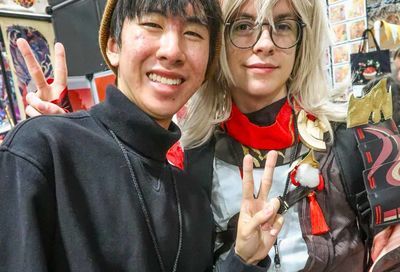Talking Tina
National Coalition for LGBT Health meeting assesses crystal meth's threat to the community
Crystal methamphetamine was on dozens of people’s minds Monday afternoon at the Barceló Hotel on P Street. While mention of a hotel and crystal meth likely conjures images of a crystal-powered orgy in one of the rooms high above the street, that was not the case midday Monday.
The 60 or so people had gathered in a hotel conference room for the D.C.-based National Coalition for LGBT Health’s spring meeting. For a bit more than an hour, the panel topic was crystal methamphetamine — a.k.a. crystal, meth, Tina, and other slang names — and the gay community.
“We have seen crystal methamphetamine use among gay and bisexual men who have sex with men dramatically increase on the East Coast in the past few years,” panelist Dr. Barbara Warren told Metro Weekly prior to the meeting. “In order to prevent it from escalating and to intervene effectively with users, it’s critical that we share knowledge and increase resources to address this pending crisis.”
Joining Warren, director of organizational development and planning at New York’s LGBT Center, were Jay Dagenhart of the Philadelphia Crystal Meth Task Force, Dr. Gordon Mansergh of the Centers for Disease Control and Prevention, and Leo Rennie of the National Alliance of State and Territorial AIDS Directors.
The understood reality in the room was that use of crystal is rising among gay men, and that use of the drug is helping to spread HIV in the community. The conventional wisdom is that gay men take the drug to enhance sexual pleasure, while the drug simultaneously lowers their inhibitions against risky sexual behavior.
The day’s most powerful insight into this cycle was offered by Dagenhart, celebrating a year of sobriety. He recounted for those gathered how during the years of his addiction to crystal meth he contracted HIV, lost jobs, was gay bashed and “finally became homeless.” The worst, however, was his death wish.
“The drug gave me a feeling that I wanted to die,” Dagenhart said, explaining that he regularly engaged in unprotected sex during his addiction. “I pretty much was a bug chaser.”
While Dagenhart managed to catch “the bug,” he couldn’t catch death. So he jumped 33 feet into a D.C. construction site in an attempt to kill himself. While he didn’t get his wish, he did get a head held together with steel sutures.
An emergency-room photo of Dagenhart is now used by the task force he founded. Next to the photo of withered-looking, scarred Dagenhart, the copy reads: “One bag of crystal meth ‘TINA,’ $60; Emergency room visit after suicide attempt, $2,500; One week of rehab after suicide attempt, $15,000; Having unsafe sex while high, FREE; Becoming HIV-positive while high, FREE; HIV medication (lifetime supply), $200,000. Loving yourself enough to stop using ‘TINA,’ Priceless.”
 “Stepping out and telling my story has been a very painful and liberating experience,” Dagenhart said. “We’re tired of pushing this under the rug. We see a lot of people within our community not dealing with this.”
Like Dagenhart, Warren also has a personal experience with the drug, taking it while she was in college both to help her study and to lose weight.
“It’s a really difficult substance to get off of,” Warren said. “We have to have a lot of compassion for the struggle.
“The challenge for us is to really maintain our compassion within our own community. Not to let [crystal meth] vilify or demonize gay or bi [men who have sex with men]. Part of the crisis is the backlash. Some of the reasons that this behavior is so challenging is absolutely linked to the hostility and demonization of gay sexuality in our society. Using these drugs and these behaviors is a way to forget that…. And 20-plus years of dealing with an epidemic [that stifles sexuality] is very fatiguing.”
Beyond the panelists, others echoed concern about perceptions regarding reasons gay men use crystal, as well as their behavior while high.
“Not everyone in our community is doing crystal meth and having lots of wild sex,” pointed out David Acosta, Philadelphia’s coordinator of HIV/AIDS prevention programs, before introducing the panelists. On the other hand, he stressed, “Judgment drives the discussion underground.”
Joseph Niesen, the executive director on San Francisco’s New Leaf, a gay mental-health/substance-abuse organization commented to the panelists that even in a gay-friendly city like his, he still sees clients burdened by societal homophobia, which he says breeds depression that drives people to search for a narcotic escape. “We live in a culture where on a weekly basis we hear someone saying, ‘Don’t call me homophobic because I don’t support gay marriage.’ The effect of heterosexism tends to get minimized.”
As the gay community looks at dealing with crystal meth addiction among its own, another concern voiced from the audience was that lesbian health issues were being drowned out.
“What’s in this for women?” asked Sheila Healy, executive director of the D.C.-based National Association of Lesbian, Gay, Bisexual and Transgender Community Centers. Healy pointed to issues like breast cancer that have traditionally been secondary to gay men and the fight against HIV/AIDS. “Women don’t want to go on the back burner again over this issue.”
Noting that in New York, nearly every woman who has come to the LGBT Center for help with crystal meth addiction has identified as heterosexual, Warren granted that indeed crystal addiction among gay men needs more attention and resources.
“It’s an issue that could dominate the LGBT health scene,” said Warren. She reasoned, however, that resources exist to tackle all LGBT health issues. “We can’t really let this divide us. There’s an allocation of resources issue. Eighty seven billion dollars in Iraq would’ve gone a long way to combating a virus.”
While resources may not be meeting LGBT health needs across the board, Warren pointed out that with regard to crystal meth addiction, they are most lacking when it comes to LGBT youth. Warren pointed out that within the United States, she could find no single program dedicated to helping youth addicted to crystal meth.
Acosta added that the problem with gay youth and crystal is compounded by the fact that LGBT youth are disproportionately represented among homeless youth. “Crystal meth might keep you from getting hungry or needing a place to sleep,” he explained.
While the afternoon was full of cautions about losing community, and anecdotal evidence of how thoroughly devastating crystal meth addiction can be, there was also some good news. Ongoing research is helping to shape treatment programs for crystal meth addiction in the gay community. Those studying the problem have learned, for example, that while heterosexual users of the drug don’t even list sexual enhancement as a reason for taking crystal meth, it’s far and away the number one reason for gay men. And programs designed for treating addicts are working. Warren cited a program that offers counseling, along with $20 vouchers for clean drug tests. The program is not very expensive, taking just four weeks and showing good results.
“You have a powerhouse of a drug treatment program,” Warren promised the gathered professionals working in the field of LGBT health. “We have a lot of work to do, but we desperately need resources. We have an opportunity here, but we also have a huge challenge.”
But with record budget deficits and the anti-gay “backlash” cited by panelists and attendees alike, it remains to be seen how much fuel crystal can add to the HIV fire before any added resources materialize.
Support Metro Weekly’s Journalism
These are challenging times for news organizations. And yet it’s crucial we stay active and provide vital resources and information to both our local readers and the world. So won’t you please take a moment and consider supporting Metro Weekly with a membership? For as little as $5 a month, you can help ensure Metro Weekly magazine and MetroWeekly.com remain free, viable resources as we provide the best, most diverse, culturally-resonant LGBTQ coverage in both the D.C. region and around the world. Memberships come with exclusive perks and discounts, your own personal digital delivery of each week’s magazine (and an archive), access to our Member's Lounge when it launches this fall, and exclusive members-only items like Metro Weekly Membership Mugs and Tote Bags! Check out all our membership levels here and please join us today!




